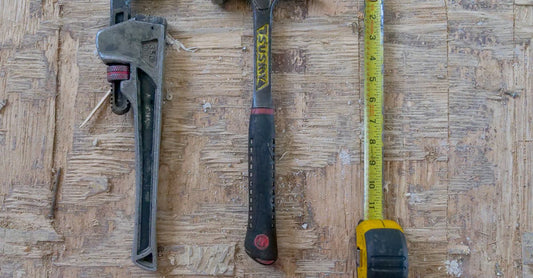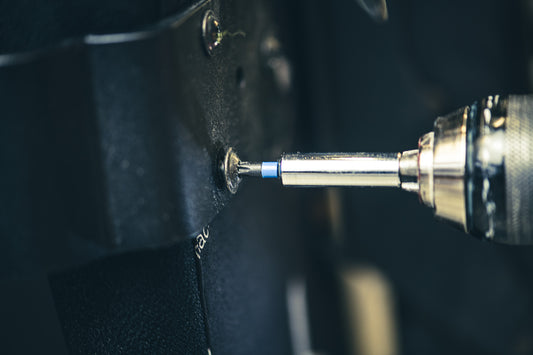wahyuh kuh-pas-i-tee
Noun
The maximum amount of electrical current a wire can safely carry
Example usage: The wire capacity of this cable is too low for the job.
Most used in: Electrical installation or repair work.
Most used by: Electricians and other tradespeople who work with wiring.
Popularity: 8
Comedy Value: 3
Also see: Conduit Fill, Cable Tray Fill, Cable Tray Capacity, Box Fill,
What is Wire Capacity?
Wire capacity, also known as wire sizing, is a term used in electrical construction to describe the size of a wire that can safely carry a certain amount of electric current. It is important for electricians to understand wire capacity in order to ensure that their projects are safe and up to code.
Wire capacity is typically measured in American Wire Gauge (AWG). AWG is a standard measurement system for wire diameter, with lower numbers representing thicker wires and higher numbers representing thinner wires. The thicker the wire, the higher its capacity for carrying electric current. Generally speaking, the thicker the wire, the lower the gauge number.
The amount of current a wire can safely carry depends on the type of wire and its insulation. For instance, a 14-gauge wire with a PVC insulation rating of 60°C can safely carry up to 15 amps. However, a 14-gauge wire with a PVC insulation rating of 75°C can safely carry up to 20 amps. It is important to understand these differences in order to properly size a wire for a given application.
Wire capacity is an important factor to consider when planning an electrical installation. It is important to use the right size of wire to ensure that the wire is able to safely carry the amount of current required for the application. This will help to ensure the safety of the installation and help to prevent any electrical fires or other issues.
The Origin of the Term 'Wire Capacity'
The origin of the term “wire capacity” in the context of electrician construction can be traced back to the early 19th century. In 1809, the first electrical generator was invented in England, revolutionizing the way electricity was used in homes and factories. Soon after, electricians began to use the term “wire capacity” to refer to the amount of electricity a wire could carry.
In the mid-19th century, the Industrial Revolution was in full swing and electricity was becoming more widely used. Electricians began to use the term “wire capacity” to refer to the amount of current a wire could safely carry. This allowed electricians to determine the size and type of wire needed for any given electrical installation.
Since then, the term “wire capacity” has become an important part of electrician construction. Electricians use it to determine the size and type of wire needed for any given electrical installation. It is also used to ensure that the wiring in an electrical system is safe and up to code.
Today, the term “wire capacity” is used around the world by electricians and other professionals in the electrical industry. It is an essential part of any electrician’s toolkit and is used to ensure that all wiring is safe and up to code.




